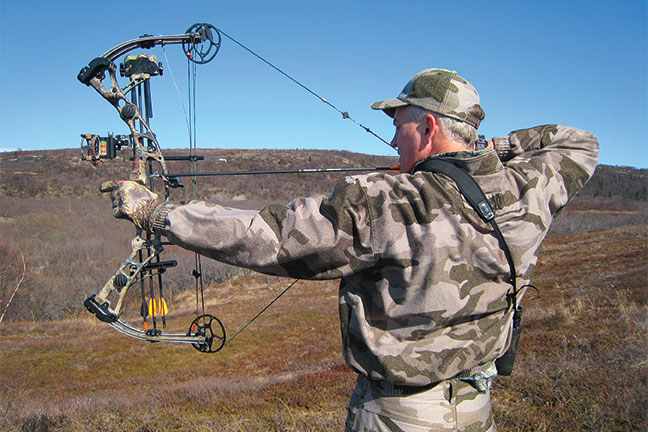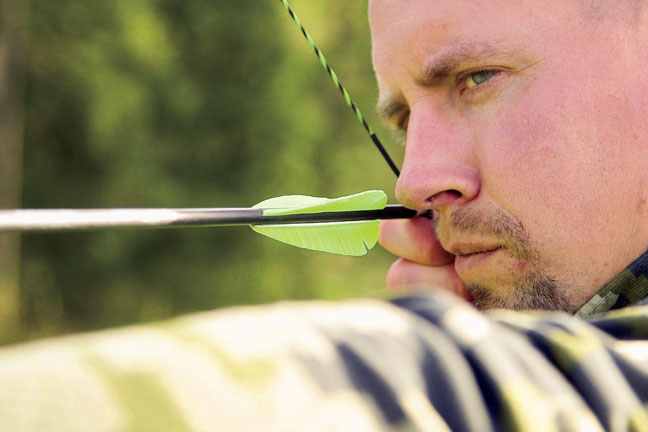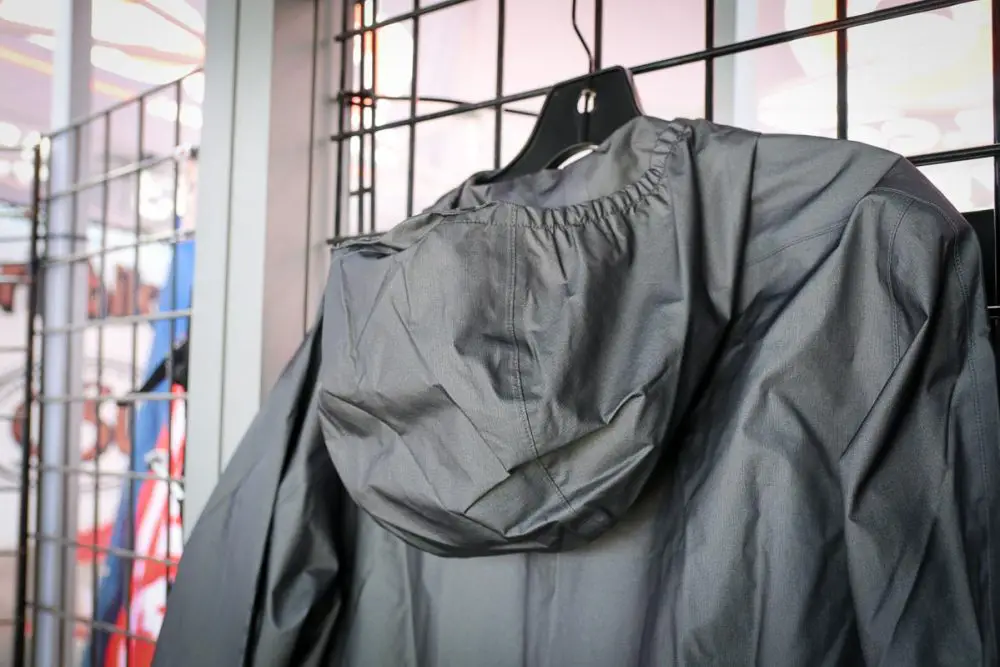How to Beat Symptoms associated with Target Panic
 How to Beat Symptoms associated with Target Panic
thegearhunt.com
How to Beat Symptoms associated with Target Panic
thegearhunt.com
Target panic is closely associated with archery, and anyone who is accustomed to shooting a bow will be able to identify with this syndrome. While this might not happen all the time, even the most experienced archers will admit to having experienced target panic at some point in their career. Target panic is open to measurement and it is expected that the symptoms should not be up to one out of two shots; otherwise, your accuracy will be severely compromised. Bow hunters will tell you that at such a high rate, unproductive shots are commonplace.
Target panic that is so preponderant will lead to delayed shots as well as a couple of forced shots that should not have been made in the first place.
Common Symptoms

There are many symptoms that give you away when target panic sets in. These might not be exhaustive but are commonly seen. Symptoms associated with target panic include the following:
- Placing the sight pin wrongly and out of the eye of the target
- Freezing below the identified target
- Failing to let go of the arrow
- Failing to squeeze the trigger
- Failing to pull surprise shots
- Jerking instead of steadying the bow before a shot
- For tournament shooters, releasing the shot before the final countdown
Overwhelming surge of uncontrolled emotions
The flood of emotions and other symptoms that affect archers can start out as intangible. But, when it leads to poor performance that becomes recognizable, it cannot be denied. This explains why every interested archer needs education and resources to build self-confidence, and master mind control.
Helpful Routine
There are many symptoms that give you away as an archer under the grips of target panic. Whether it is aiming, re-aiming, hurrying a shot or freezing at the point of decision, they all point to the same thing. While sometimes the symptoms might be undetectable, the recommended exercise will make you a better shooter.
At least a month of concentration and going through the routines outlined here will help you become a better shooter and aid your accuracy. Make sure you have a safe place to use for the exercise and get a confidant to help you when the stage gets set as you will read below.
Mental control remedy

Mental state is important for the shooter and the anxiety to hit the target has to be dealt with. Target panic diverts your attention from what you are doing to what you want to achieve. In other words, understanding what you are doing is a better approach to invest in. Mental control will put your focus on the process so that you can improve and gain mastery ahead of the shooting outcome.
Week one
In your first week of mental training, you need a safe range to practice your mental control routines. You need to stand in front of your archery board or target of choice with your eyes closed.
This will help you determine mentally what you need to do to get a perfect shot. This will help your concentration as you draw the bow to hit the target. What is most important at this opening stage is forming a perfect picture of the desired shot in your mind’s eye. You will do this for about 45 minutes maximum, or less each day.
Week two
As week two dawns, you are going to approach shooting the target from another standpoint. This time, use the same place of practice, procedure and shooting target. Keep the blindfold on or have your eyes shut as you release the arrows. Just make sure you are shooting blindly at this stage. In case you need to avoid accidents, you can get a helper to keep an eye on you as you release the arrows. You are to shoot as you deem fit at this stage without a care about the target precision. Keep the process for the week and do exceed 45 minutes a day.
Week three
The third week should lead you to uncover your eyes and hit the target with your mind control now in place. You need to make a few adjustments to your shooting range at this time. Make sure that the backstop you are using is covered with a blank cardboard.
Your position should not be more than five yards away from the target so that you can have a full grasp of the shot sequence. You should be able to go through this stage with a better presence of mind. If the symptoms are still at pre-training levels, then you should repeat the previous step.
Week four

During the last week, you need to get someone to help you with the counts before each shot. Use any number less than ten as a shot stop while you place your dart precisely after fixing your anchor. The count should begin after this stage to get to the set number so that you will be allowed to let down or shoot.
You need to follow the commands of the guide you are using before you shoot or let down. What this means is that your mind is back to a stable place where you can adhere to orders. If this is not so, you should pause and back up to week three lesson before you continue to the final step again. At the end of the process, you would have achieved the aim you set out for yourself at the beginning of the mind control sessions.
Last Line
Anxiety is normal to man but when it gets in the way of your objectives, it needs to be dealt with appropriately. Experts believe that everyone can tell if anxiety is present or not at any time. While this might b largely psychological, the availability of options to help you get rid of it makes it a resolvable challenge.
No one should leave target panic unresolved if there is a desire to become the best shooter. Leaving the symptoms unattended to will rob you of the joy of precise and accurate shots.















